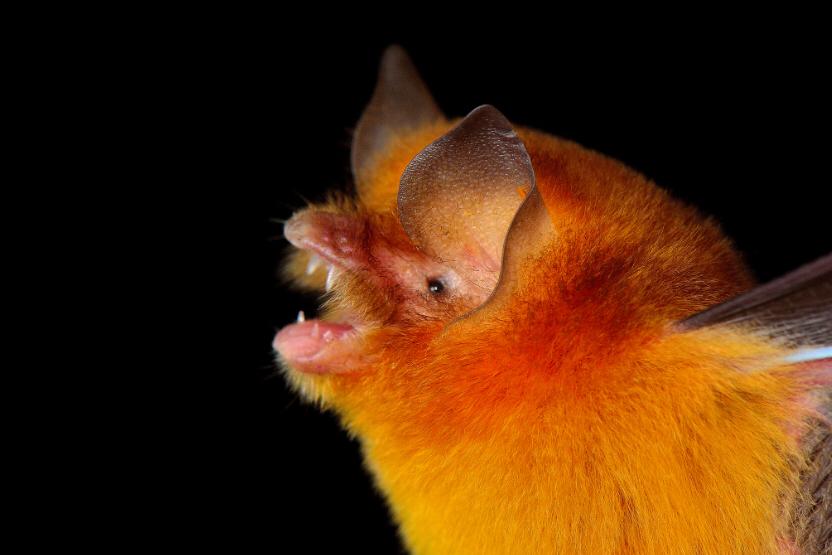The Ultimate Sacrifice ... in the name of honor, pride and GOD....You game?
The Maya ancestors had a thing for blood. 💉 Bloodletting was one way for the them to make offerings to the gods and deities in gratitude for all things good in their lives such as food, water, health, and shelter. Sometimes they would sacrifice animals like goats and chickens, or they would cut or pierce themselves and bleed out or if the situation was dire they would offer up the ultimate sacrifice: their life! (Truth is they didn’t always offer themselves up, the powerful priests of the time chose who they believed should take the plunge into the darkness of the underworld.) Politics as usual, it seems! Sometimes it was death by ripping out the beating heart with bare hands, and other times it was being thrown into a dark, bottomless cenote. For the sake of this post, we will keep it PG and talk about the coolness of cenotes. If you are interested in knowing more about ceremonies, shamans, and offerings to the spiritual world, send us a message. Green Maya Sacred Ceremonies , we do not require that you sacrifice your life. 😉
Sac Actun (white Cave)
Ox Bel Ha (Three ways of water)
These cave systems were once considered the entrance or the intraworld, into the afterlife by the ancient Maya culture. (some people still believe). We now know these two cave systems make up the largest underground river system in the world. It is a series of cenotes or sinkholes, approximately 8000 of them all connected by a underground river system that weaves throughout the limestone bedrock. The total distance of the river system is around 300 km or 185 miles. Inside the caves we can see stalactites, stalagmites, columns and incredible stone formations of karst, a topography formed by the dissolution of the limestone from rain water permeating through the stone. The rocks are alive!! The water throughout the system is brackish, due to mixing with the sea water nearby. However the amount, weight & distribution of the salt, makes the water potable and taste like fresh water. Did you know? The word “cenote” comes from the Mayan word “dzonot”, which means "well." The Maya people built their cities around the cenotes for spiritual reasons and for access to the fresh water. Cenotes were sacred places for the Mayan cosmology. They were used as a place of solitude and a place to hold ceremonies to make offerings to the Gods for many different reasons. The caves were revered for the mysticism but also feared the mystery of the underworld or in Mayan “Xibalba”.
There are 4 types of cenotes:
Completely closed, cavern -/ Cenote Tankach-Ha
Semi open, half the roof has collapsed -/ Cenote
Open, looks and acts very similar to a lagoon -/ Sacred Cenote Escondido
blue holes at the bottom of lagoons -/ Kaan Luum
Cenote Fauna Motmot Bird or Time Bird
The caves are home to the Motmot bird or time birds, cave swallows, owls, snakes, amphibians, bats, albino crustaceans, cave fish (it looks like they have eyes, but evolution has not yet caught up), and much more flora and fauna to witness. The ficus trees are a good sign that there is a cenote below because their long roots are reaching for the water. You can see this in the picture above. I will do a future post focusing on the specific species that reside in the caves.
Scuba diving the cenotes is a big sport in the Yucatán Peninsula. Would you dare? It’s like like doing a Jurassic dive. You can see fires pits, animal bones, human bones (all ages and both sexes), remnants of pottery and proof of the ancient human life. If that’s your kind of thing, Tulum is definitely the place to visit. Many cave divers are trained and certified in Quintana Roo, Mexico.
As for me, I prefer to stay at the top of the water with a snorkel and mask, for my viewing pleasure. Tight, dark places, are not for everyone!😱
These cave systems were as vital to the Mayan civilization, as they are to us in the present times. The limestone has a unique way of naturally filtering and cleaning rain water. Unfortunately like most of the fresh water on the planet, we humans are polluting it. It is easier and less expensive for hotels and restaurants to empty their waste water into the cenotes. If a business claims to be “eco” or “green”, stop them in their tracks and ask them where they send the black water or even the grey water from sinks and showers. Conservation of fresh water should be on everyone’s mind, no matter where we live in the world. All bodies of water are connected.
As always we would love to hear from you. If you have a comment, a question or a correction to any of the content in the post- PLEASE do us a favor and share in the comments section below.
Many blessings,
Aho Mitakuye Oyasin
Sara @ Green Maya Tulum
Ecotourism that combines nature, spirit, and culture to deliver the ultimate guided outdoor experience.
snorkeling in a closed cenote
Mexican Funnel Eared Cave Bat, Yucatan Mexico
Photo by Jorge Machado Castro
EL BUZZ VERDE
KNOWLEDGE IS POWER AND SHARING IS CARING :)
Would you be so kind and forward this blog to friends and share on your social media sites?
P.S. IF YOU ARE NOT YET A GREEN MAYA INSIDER, YOU ARE DEFINITELY MISSING OUT! SIGN UP TO RECEIVE OUR BI-MONTHLY BLOG AT THE TOP OF THIS PAGE ***MEMBERS ARE PRIVY TO INSIDER-ONLY DISCOUNTS ON EXCURSIONS, UNIQUE GIFTS AND INVITATIONS TO SPECIAL EVENTS.
P.P.S. See you in 2 weeks with the start of our 6 week special coverage of birds (residents and transients) of the Yucatán Peninsula.





